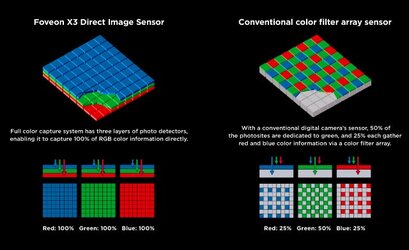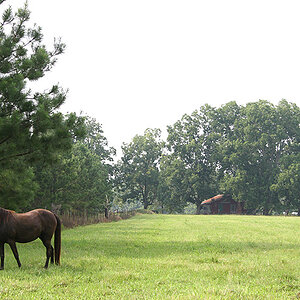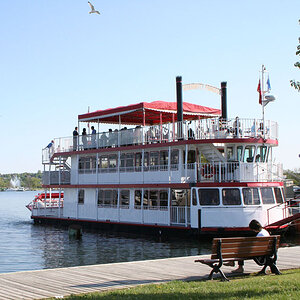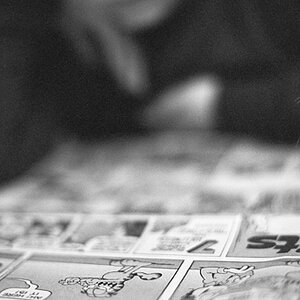rexbobcat
Been spending a lot of time on here!
- Joined
- Nov 28, 2011
- Messages
- 5,014
- Reaction score
- 1,967
- Location
- United States
- Can others edit my Photos
- Photos OK to edit
Canon 75MP DSLR to Use a Non-Bayer Multilayer Sensor?
Behold! Speculation and dubious source comments!
I don't fully understand how the Foveon sensor works, but either way it's still pretty cool...if it's true.
Behold! Speculation and dubious source comments!
I don't fully understand how the Foveon sensor works, but either way it's still pretty cool...if it's true.



![[No title]](/data/xfmg/thumbnail/32/32707-3c49d54a87afb53e65c60391858400be.jpg?1619735611)



![[No title]](/data/xfmg/thumbnail/32/32161-a5da499a329f1fae945778aac75d4442.jpg?1619735234)




![[No title]](/data/xfmg/thumbnail/37/37117-26c892e756b53ed0359fa90b7ebd99c9.jpg?1619737883)

